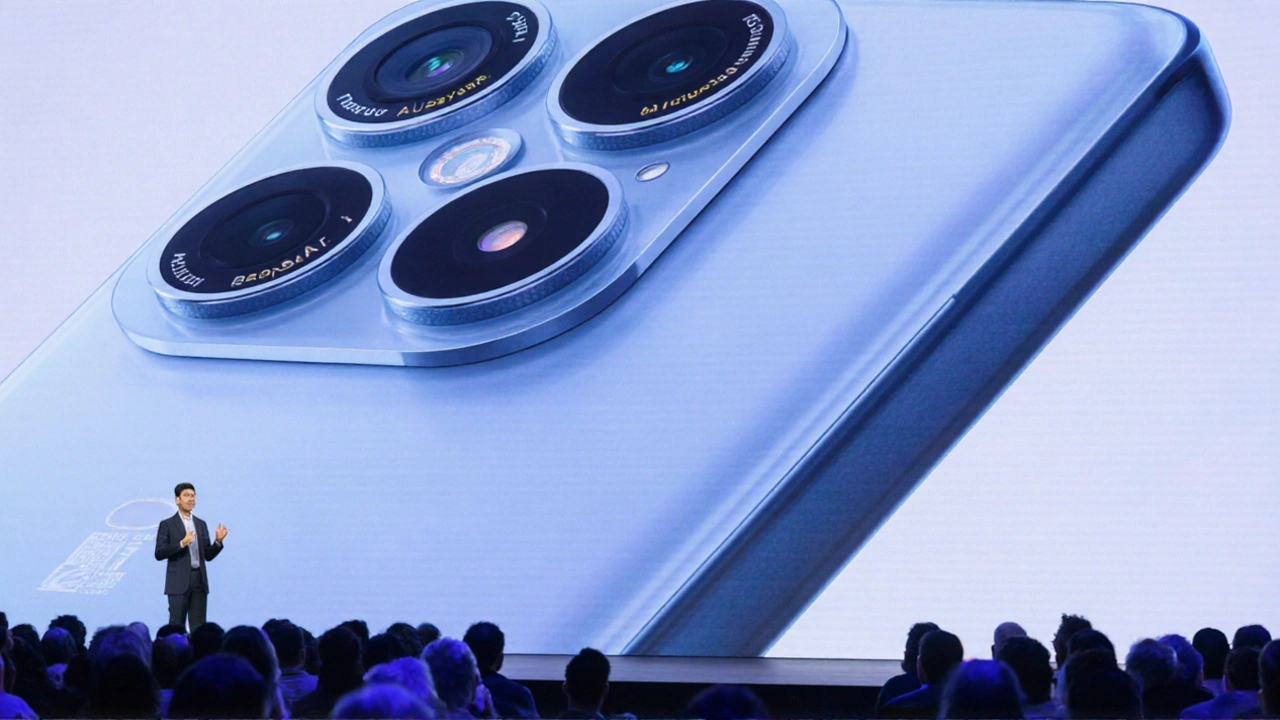Dual Rear Display: What It Is and Why It Matters
When talking about dual rear display, a vehicle feature that presents two separate video feeds on the rear screen, typically merging a wide‑angle camera view with navigation or diagnostic data. Also known as dual‑screen rear monitor, it enhances driver awareness and safety by delivering richer visual information while reversing, you’re looking at a technology that’s quickly becoming standard in modern cars.
Key Technologies Behind the Dual Rear Display
At the heart of any dual rear display is a rear view camera, a wide‑angle lens mounted near the license plate that streams live video to the driver’s screen. Pair that with a split‑screen setup, where the monitor divides the view into two sections, and you get a clear picture of both the immediate backup zone and the surrounding environment. This split‑screen approach enables drivers to see obstacles and lane markings while still checking navigation cues or vehicle diagnostics. Another related element is the augmented reality HUD, a system that overlays digital information onto live camera feeds, which can be integrated into the dual display to highlight pedestrians or traffic signs in real time.
The whole package falls under the broader umbrella of driver assistance, technology designed to reduce driver workload and improve safety. Dual rear displays are a concrete example of how driver‑assistance systems evolve: they combine visual data (camera feed) with contextual cues (navigation, alerts) to create a more informed reversing experience. This synergy is a core reason why automakers are betting on dual rear displays as a stepping stone toward full‑scale autonomous driving.
From a practical standpoint, manufacturers define the dual rear display by several attributes:
- Screen size: larger screens improve visibility, especially in bright daylight.
- Resolution: HD or 4K cameras deliver sharper images, making it easier to spot small obstacles.
- Customization: drivers can choose which feeds appear on each half of the screen—some prefer a static map on one side and live video on the other.
These values matter because they directly affect how quickly a driver can interpret the scene behind the vehicle. A high‑resolution rear view camera paired with a responsive split‑screen interface can shave seconds off reaction time, which in tight parking spots or busy urban streets can be the difference between a smooth maneuver and a minor bump.
What you’ll see in the collection below reflects the diversity of this technology’s impact. Some stories dive into the latest car models that ship with factory‑installed dual rear displays, while others explore aftermarket kits that let older vehicles upgrade. We also cover how insurance companies view the feature, the role it plays in driver‑training programs, and even the future of integrating AI‑powered object detection into each screen pane. Whether you’re a tech‑savvy enthusiast, a daily commuter, or a fleet manager looking for safety upgrades, the articles ahead give you a solid footing in the world of dual rear displays.

